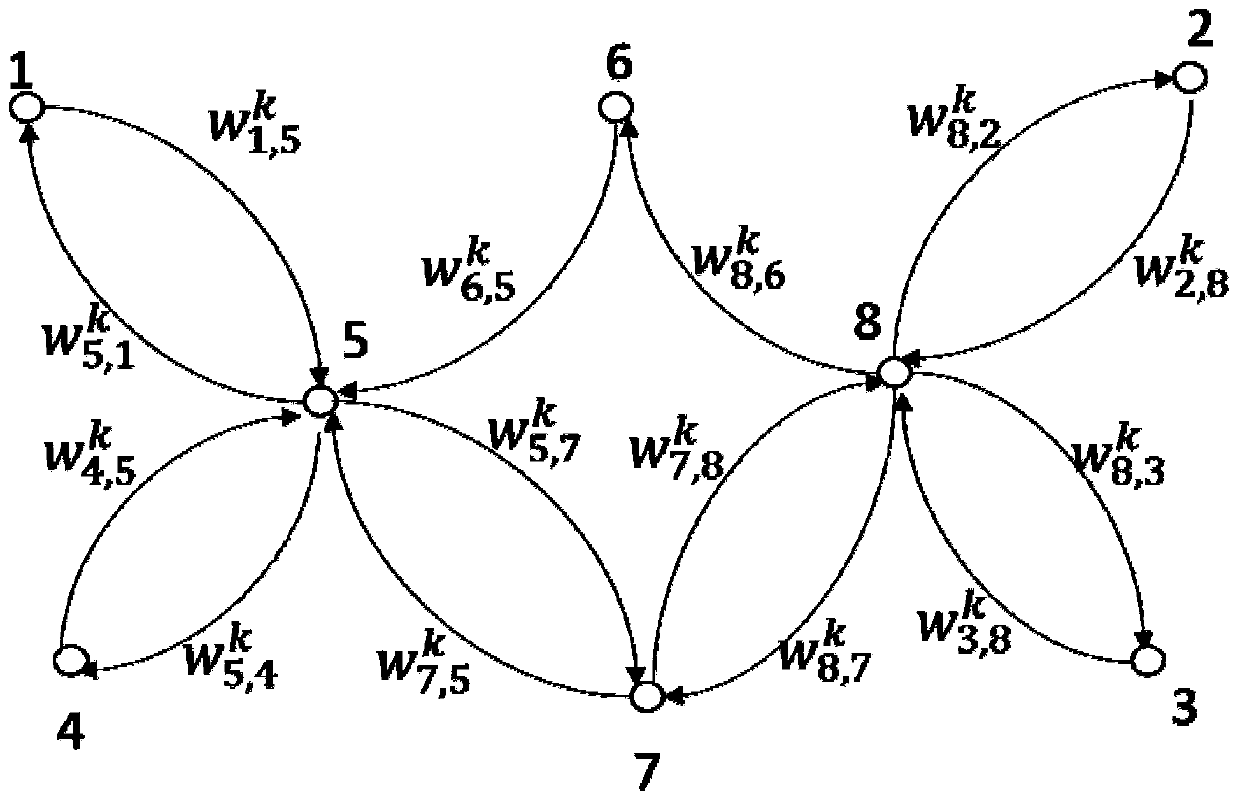A Spatio-temporal Accessibility Modeling Method for Public Transport System Considering Time-varying Characteristics of Network Connectivity
A technology of network connectivity and public transport system, which is applied in the field of modeling the space-time accessibility of the public transport system, can solve the problems of ignoring the change of the public transport network connectivity over time and not truly reflecting the space-time accessibility of the public transport system, etc. To achieve a more reasonable calculation result
- Summary
- Abstract
- Description
- Claims
- Application Information
AI Technical Summary
Problems solved by technology
Method used
Image
Examples
Embodiment Construction
[0054] A method for modeling the spatio-temporal accessibility of public transport systems considering the time-varying characteristics of network connectivity, the method comprising the following steps:
[0055] (1) Modeling the topology structure of the bus network: taking each stop in the bus system (stops with different geographic locations but the same stop name) as a "vertex", for any pair of stops, if the stop If there is a bus line connecting two stations in a certain direction, then a "directed arc" is established between the stations (if there are multiple bus lines in the same direction between two stations, only one directed arc is established), forming A directed graph depicting the bus network topology;
[0056] (2) Define the connection state between the station pair: when the "starting station" of the station pair in a certain direction has a bus arriving for the first time every day, define the station pair to be in the connected state in this direction. When...
PUM
 Login to View More
Login to View More Abstract
Description
Claims
Application Information
 Login to View More
Login to View More - R&D
- Intellectual Property
- Life Sciences
- Materials
- Tech Scout
- Unparalleled Data Quality
- Higher Quality Content
- 60% Fewer Hallucinations
Browse by: Latest US Patents, China's latest patents, Technical Efficacy Thesaurus, Application Domain, Technology Topic, Popular Technical Reports.
© 2025 PatSnap. All rights reserved.Legal|Privacy policy|Modern Slavery Act Transparency Statement|Sitemap|About US| Contact US: help@patsnap.com



